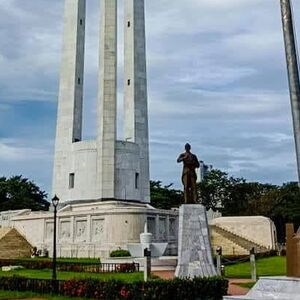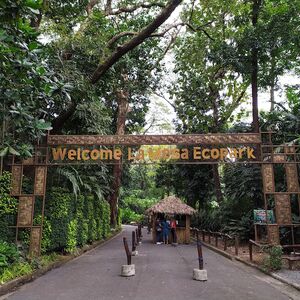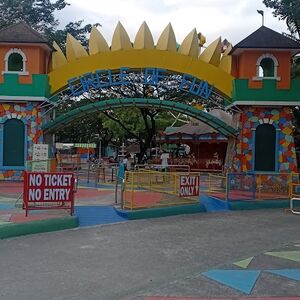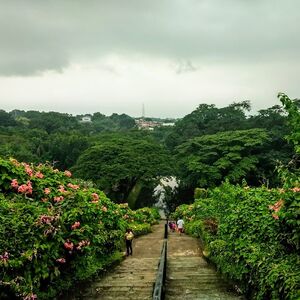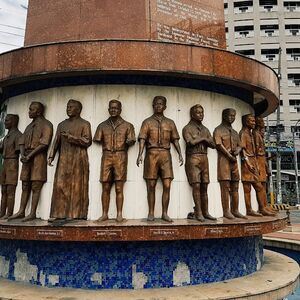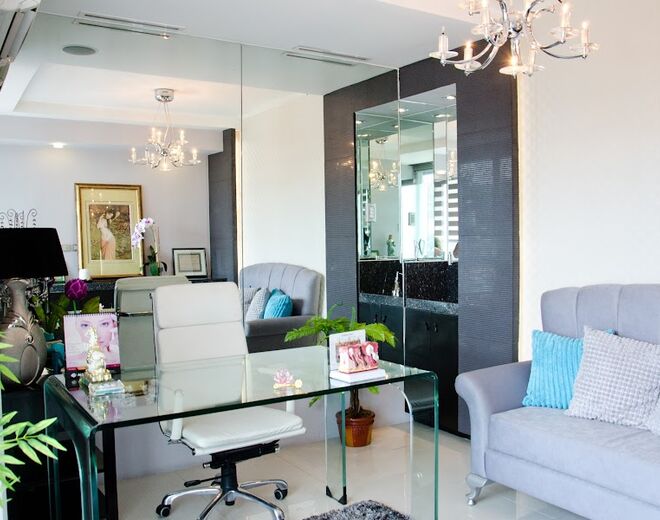
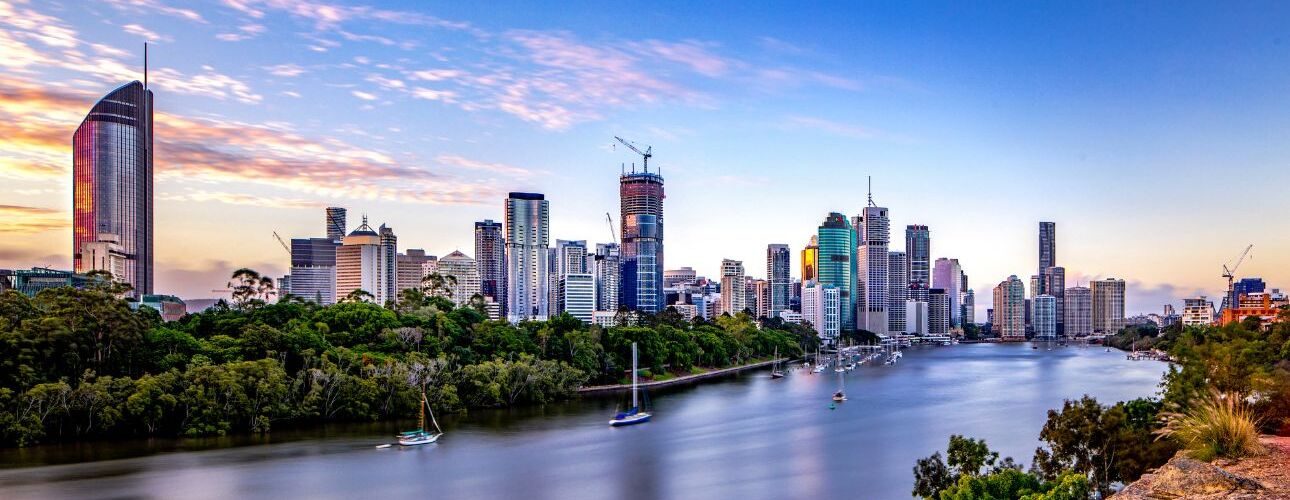
Explore Quezon City
Explore deals, travel guides and things to do in Quezon City
What to know before visiting Quezon City
Quezon City, also known as the City of Quezon and Q.C. (read and pronounced in Filipino as Kyusi), is the most populous city in the Philippines. According to the 2020 census, it has a population of 2,960,048 people. It was founded on October 12, 1939, and was named after Manuel L. Quezon, the second president of the Philippines. The city was intended to be the national capital of the Philippines that would replace Manila, as the latter was suffering from overcrowding, lack of housing, poor sanitation, and traffic congestion. To create Quezon City, several barrios were carved out from the towns of Caloocan, Marikina, San Juan and Pasig, in addition to the eight vast estates the Philippine government purchased for this purpose. It was officially proclaimed as the national capital on October 12, 1949, and several government departments and institutions moved out of Manila and settled into the new capital city. This necessitated the expansion of the city northwards, carving out Novaliches from Caloocan which divided it into two non-contiguous parts. Several barrios were also taken from San Mateo and parts of Montalban. However, on June 24, 1976, Presidential Decree 940 was enacted, which reverted national capital status to Manila while the whole of Metro Manila was designated as the seat of government.Quezon City is known for its culture, entertainment industry and media, and is aptly called the "City of Stars". Major broadcasting networks have their headquarters and studios in the city. It is also known for its commerce, education, research, technology, politics, tourism, art and sports. Several national government branches including the Batasang Pambansa Complex, the seat of House of Representatives of the Philippines, calls the city home. Quezon City is a planned city. It covers a total area of 161.11 square kilometers (62.20 sq mi), making it the largest city in Metro Manila in terms of land area. It is politically subdivided into Six Congressional Districts, which represents the city in the Lower House of the Congress of the Philippines. The city has 142 barangays under the City Government. National government departments and agencies are mostly situated at the National Government Center I (NGC I) in Diliman, and the National Government Center II (NGC II) in Batasan Hills, where the Lower House of the Philippine Congress is located. Most of the city's northern part lies at the foothills of the Sierra Madre mountain range, including the La Mesa Watershed Reservation, the largest watershed in Metro Manila and a designated protected area. -Wikipedia
General info
Time Zone
GMT +08:00
Currency
Philippine Peso
1USD = 56.44 PHP
Best time to visit
June
July
Local Weather
JAN
21.4°
21.4°
FEB
21.4°
31.4°
MAR
22.4°
33.1°
APR
24.0°
34.6°
MAY
25.1°
34.3°
JUN
25.0°
33.1°
JUL
24.5°
31.7°
AUG
24.4°
31.3°
SEP
24.4°
31.3°
OCT
23.8°
31.5°
NOV
23.2°
31.4°
DEC
22.4
30.5°
Popular Activities
Explore the popular activities
Recommended Clinics in Quezon City
Find the clinics that we recommend in Quezon City
Get inspiration for your next medical trip
Read our blogs and learn more

